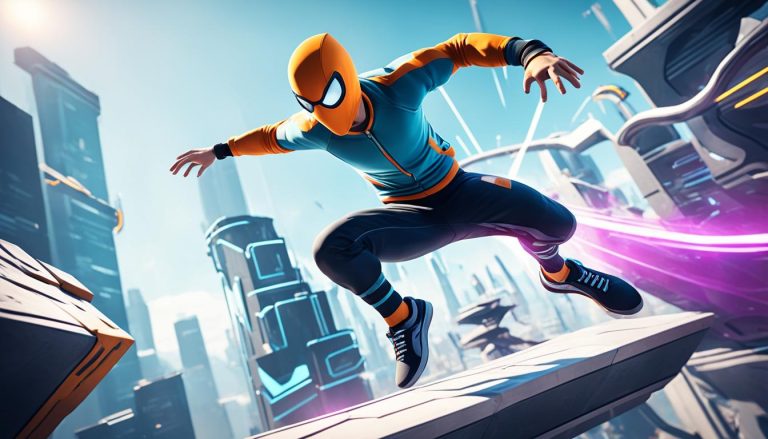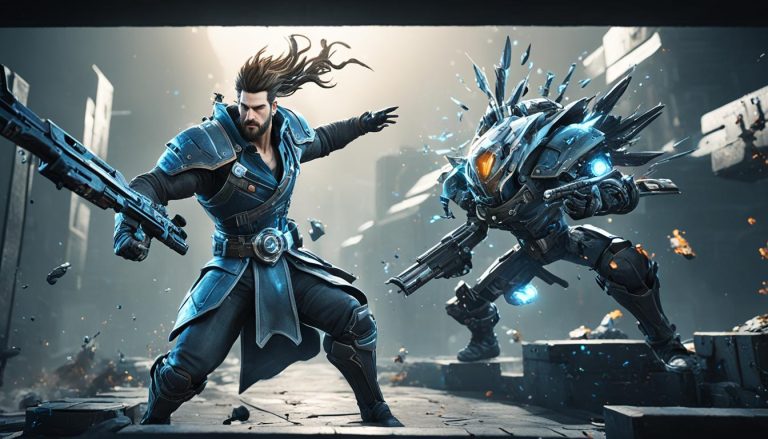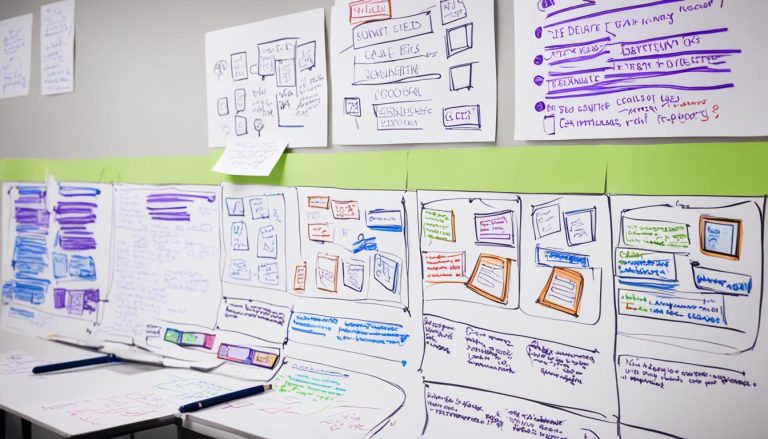Which Step In The Design Process Is Used To Help Plan Out Every Step Of The Game Animation?
When it comes to creating captivating game visuals, meticulous planning is the key. Game animation experts understand the importance of carefully strategizing every phase of the animation process to ensure an immersive gaming experience like no other.
In this article, we will explore the step in the design process that these experts utilize to plan out each detail of the game animation. By gaining insights into this step, you’ll discover the strategies and techniques professionals use to create visually stunning games that truly captivate players.
Throughout this article, we will examine how the planning step contributes to achieving captivating game visuals. We’ll delve into the stages involved in creating game animations to provide a comprehensive understanding of the design process. With this knowledge, you’ll gain a deeper appreciation for the thought and meticulousness that goes into crafting visually stunning gaming experiences.
So, let’s dive in and uncover the secrets behind creating captivating game visuals through strategic planning during the design process.
Understanding the Design Process for Game Animation
Before diving into the specific step used for planning game animation, it’s important to have an overview of the design process. This section will discuss the stages involved in creating game animations and provide a foundation for understanding how the planning step fits into the larger process.
Game animation is a multi-faceted process that requires a systematic approach to deliver captivating visuals. The design process encompasses various stages, each contributing to the overall success of the final animation. By understanding this process, animators can effectively plan and create engaging game visuals that captivate players.
In the initial phase of the design process, animators collaborate with game developers and designers to establish the artistic vision and objectives for the animation. This involves brainstorming ideas, defining the game’s style and aesthetic, and setting the tone for the overall visual experience.
Once the direction is established, the next step is concept development. During this stage, artists create sketches, storyboards, and character designs to bring the game’s vision to life. They focus on refining the aesthetics, ensuring that the visuals align with the desired gameplay experience.
After the concept development phase, the animation team moves on to the creation of assets. This involves modeling and texturing the characters, objects, and environments that will be used in the game. Attention to detail and adherence to the established design principles are crucial during this stage to maintain consistency and visual coherence.
With the assets in place, the animators then move on to the animation process itself. This stage involves rigging the characters, defining their movements, and implementing advanced techniques such as motion capture or procedural animation. The goal is to bring the characters and game world to life, fluidly blending their interactions with the player’s actions.
Throughout the design process, animators continuously collaborate with the development team, receiving feedback and making adjustments based on gameplay requirements. This iterative approach ensures that the animation aligns with the game mechanics and enhances the player experience.
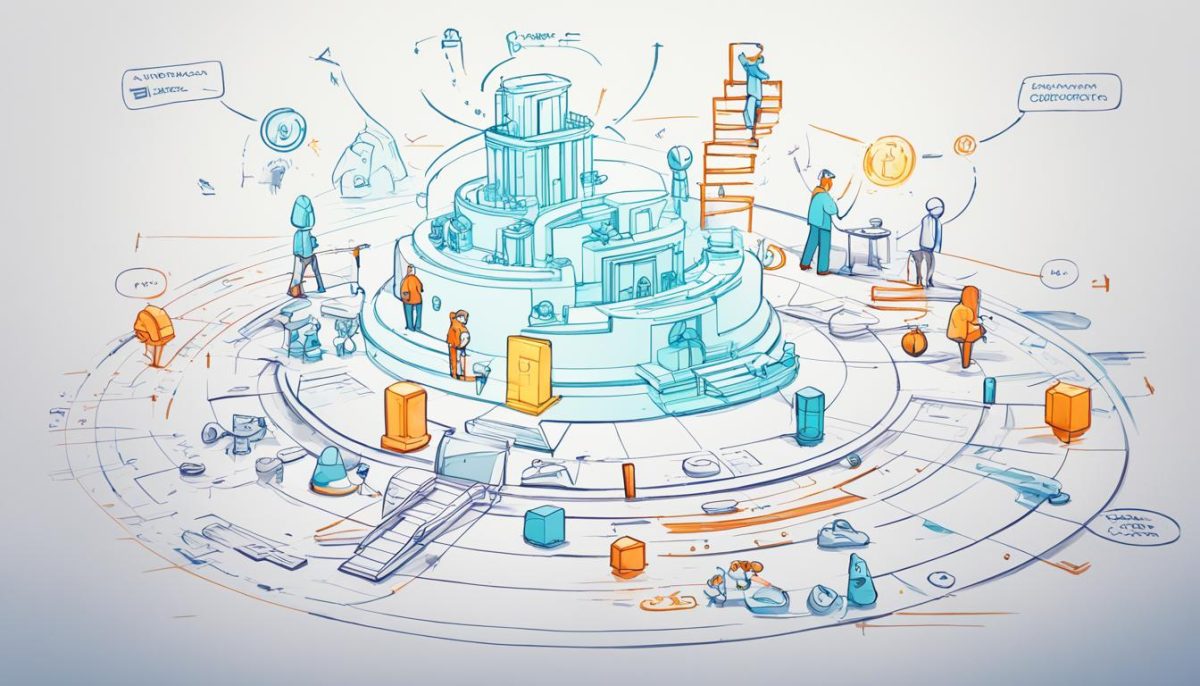
The Step for Meticulous Planning of Game Animation
When it comes to creating stunning game animations, meticulous planning is a vital step that game animation experts undertake. This crucial stage ensures that every aspect of the animation process is carefully analyzed and strategized, resulting in visually captivating game visuals. Let’s explore the strategies and techniques employed during this step to gain insights into the meticulous planning behind game animation.
Understanding the Scope
The first phase of meticulous planning involves understanding the scope of the game animation project. Game animation experts carefully assess the requirements, constraints, and objectives of the animation to establish a solid foundation for the planning process. By analyzing factors such as target audience, art style, and overall game vision, professionals can determine the direction and aesthetic choices for the animation.
Storyboarding and Previsualization
Once the scope is established, the next step involves storyboarding and previsualization. Game animation experts create visual representations of key scenes and sequences to map out the flow and timing of the animation. Storyboards serve as blueprints that outline the necessary actions, camera angles, and character poses, helping to visualize the final animation.
“Meticulous planning ensures that every phase of creating game visuals is well thought out and executed.”
Asset Planning and Development
Another crucial aspect of meticulous planning is asset planning and development. This stage involves identifying the required assets for the animation, including character models, environments, props, and special effects. Game animation experts meticulously plan the creation or acquisition of these assets, ensuring they align with the overall aesthetic and technical requirements of the animation.
Animation Iteration and Feedback
During the planning process, game animation experts continually iterate and seek feedback to refine the animation. This involves creating test animations, seeking input from stakeholders and other team members, and making necessary adjustments based on the feedback received. Iteration and feedback play a vital role in ensuring that the animation meets the desired artistic vision and gameplay requirements.
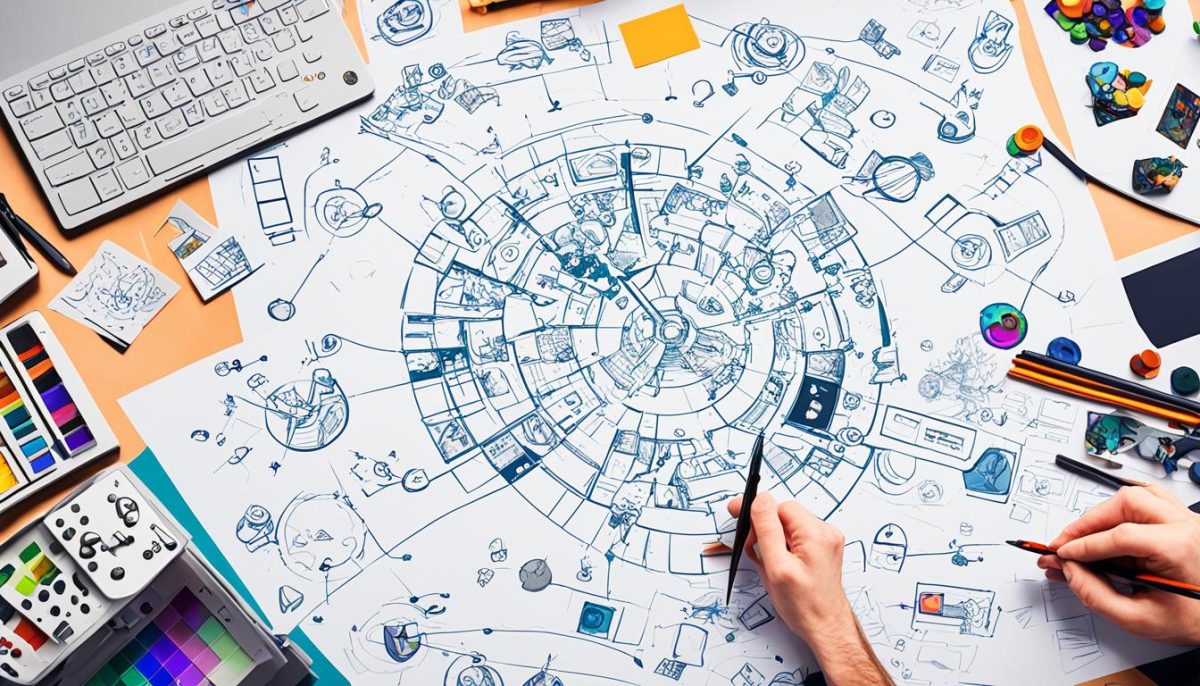
By following a meticulous planning process, game animation experts can lay a strong foundation for the creation of visually captivating game visuals. This step ensures that every aspect of the animation is carefully planned and executed, resulting in a seamless and immersive gaming experience for players.
Achieving Captivating Game Visuals through Strategic Planning
Strategic planning plays a crucial role in creating captivating game visuals that truly immerse players in the gaming experience. By carefully mapping out each step of the design process, game animation experts ensure that every element of the game animation is thoughtfully considered and executed with precision.
Through strategic planning, game designers are able to envision the overall look and feel of the game, taking into account factors such as color palettes, character designs, and environmental details. This meticulous approach allows them to create a visually stunning world that captivates players from the moment they start playing.
Moreover, strategic planning enables game developers to anticipate potential challenges and find innovative solutions to overcome them. By planning for different gameplay scenarios and interactions, they can ensure that the game visuals remain captivating and seamless, regardless of the player’s actions. This level of detail and foresight is what sets apart a highly immersive gaming experience from a mediocre one.
Ultimately, the strategic planning step in the design process is the key to achieving captivating game visuals. It brings together the creative vision, technical expertise, and player engagement to craft a visually stunning and memorable gaming experience. By investing time and effort into this crucial step, game animation professionals are able to elevate their creations and leave players mesmerized by the captivating world they have brought to life.



